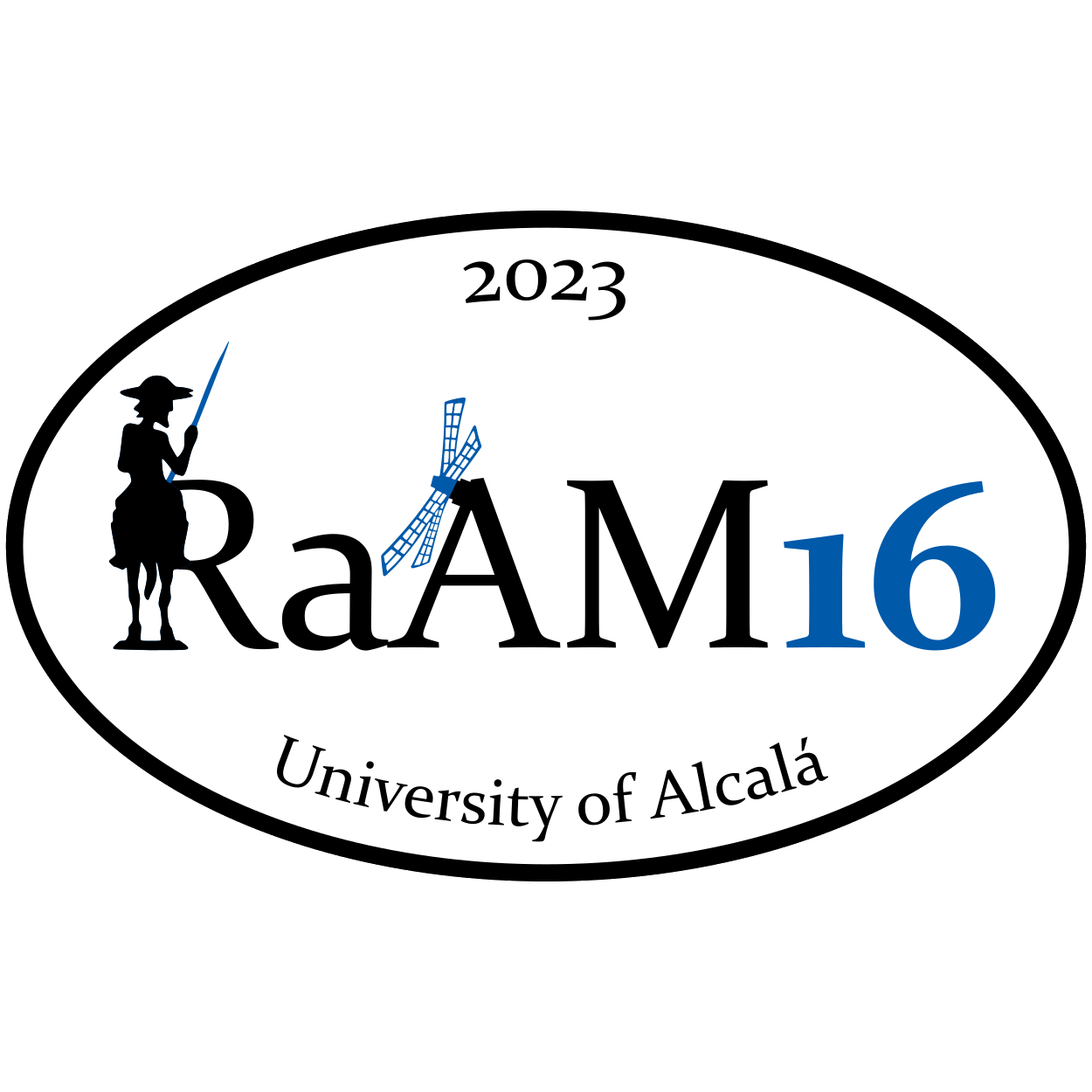Metaphor and intersubjectivity: Evidence from emotions, morality and politics
Augusto Soares da Silva
Although intersubjectivity has been a prominent theme in recent cognitive linguistics, philosophy of mind and cognitive science research (e.g. Verhagen 2005; Zlatev et al. 2008; Davidse, Vandelanotte & Cuyckens 2010; Foolen et al. 2012; Fusaroli, Demuru & Borghi 2012; Gallagher 2017; Tantucci 2021), few studies have analyzed metaphor and figurative language in general from the perspective of intersubjectivity (Soares da Silva 2021). This presentation approaches conceptual metaphor as a potentially intersubjective phenomenon, arguing that metaphor is not only a powerful thought-structuring device, but also an efficient communicative and intersubjective discourse strategy, serving social and cultural contextualized needs. Metaphor as well as the other figures should therefore be studied as cognitive and communicative processes grounded in intersubjective interaction, using a usage-based empirical methodology.
The intersubjectivity of metaphor will be addressed not just as a linguistic mechanism for coding and monitoring speaker-hearer relations, but also and especially from the viewpoint of three other definitions of intersubjectivity. The first one is intersubjectivity as cognitive coordination (Verhagen 2005), joint attention (Tomasello 2008, Zlatev 2008), mutually shared attention to the situational context, as associated with the notion of common ground (Clark 1996, Verhagen 2015). This immediate intersubjectivity encompasses “primary intersubjectivity”, involving sensory-motor processes generated in face-to-face interaction, and “secondary intersubjectivity”, involving joint attention and joint action in pragmatic contexts (Gallagher 2017). If the key notion of embodiment includes not only the bodily sensory-motor basis of cognition but also social situatedness and intersubjective interaction, then metaphor is a prime example of the intersubjectivity of embodied cognition. The second definition is an extended sense of intersubjectivity, understood as shared culture or sedimented socio-cultural normativity. Metaphor is also a prime product of a culture and a community. Finally, intersubjectivity will also be approached from a metalinguistic perspective, as part of a growing acknowledgment that cognitive linguistics needs to incorporate an interactional, social conception of language (e.g. Geeraerts 2016). Metaphor is at the heart of this social turn, as advocated by the so-called Critical, Socio-Cognitive Approaches to metaphor developed in the past few years (Romano, in press).
The intersubjectivity of metaphor will be analyzed in three interrelated domains using a corpus- and profile-based methodology. First of all, the cultural differences in the metaphorical conceptualization of emotions highlighting different patterns of affective regulation, intensity and somatization in European and Brazilian Portuguese (Soares da Silva 2021, 2022) provide empirical evidence for both the immediate and extended intersubjectivity of emotional embodiment. Metaphors used in the context of the financial crisis and austerity policies in the Portuguese press – grounded in the conservative and religious morality of self-discipline, punishment and future reward and acting as a highly persuasive tool for ideological, emotional and moral purposes (Soares da Silva 2016, 2020) –, as well as the strong import of polarizing metaphors in the populist far-right Twitter narratives of the Brazilian president Jair Bolsonaro, which reveal how religion and politics are intertwined in Brazilian popular culture (Soares da Silva & Peterssen, in press) also provide empirical evidence for both the immediate and extended intersubjectivity of metaphor in social-political contexts.
